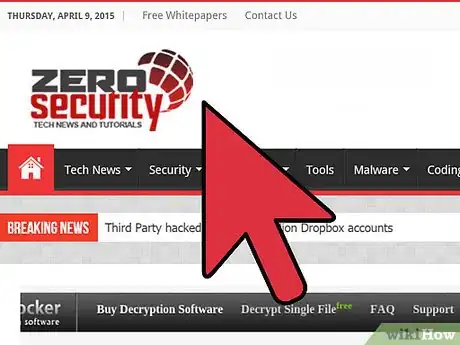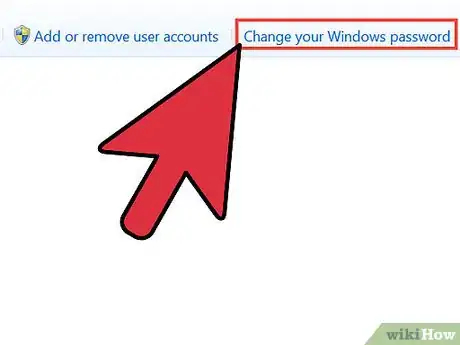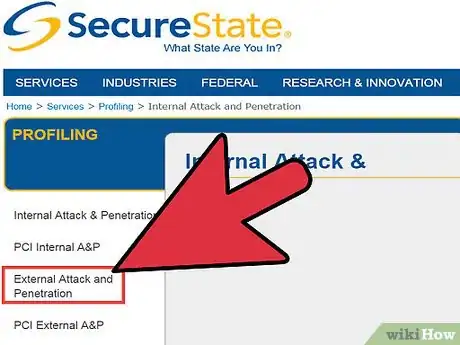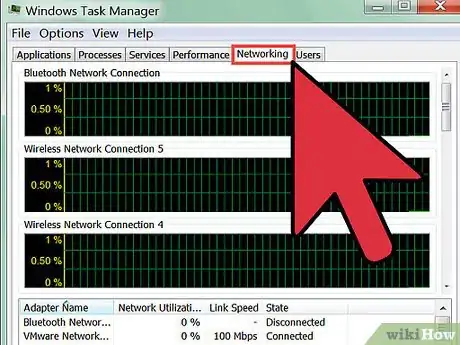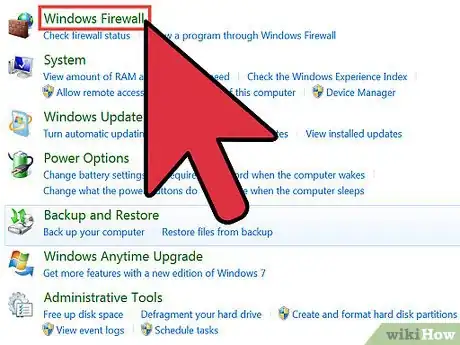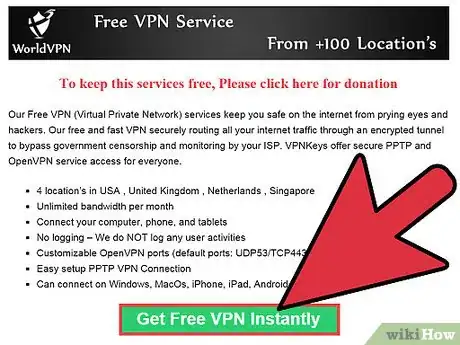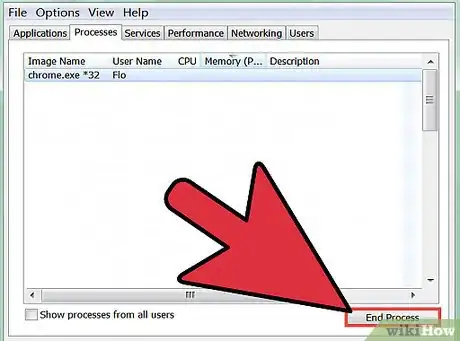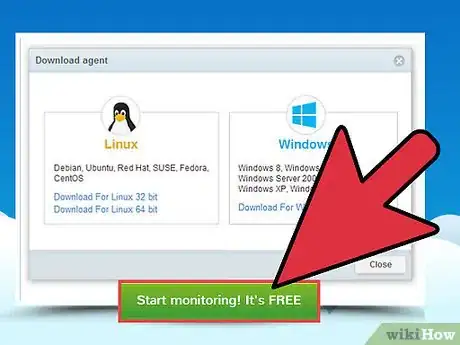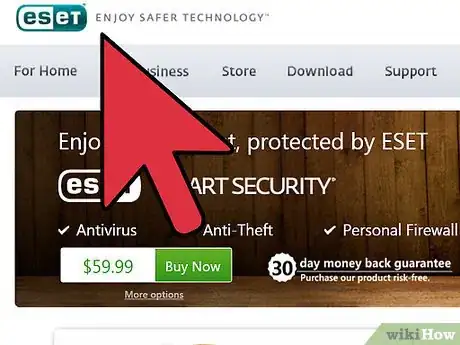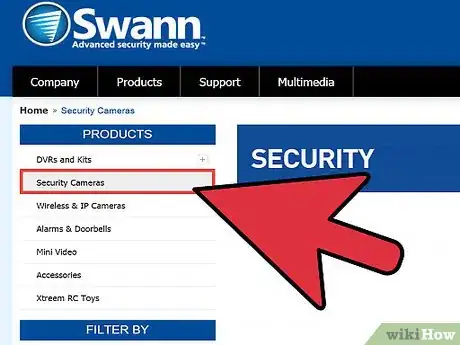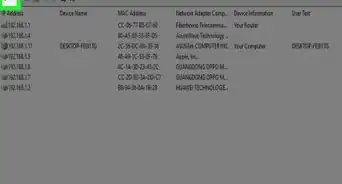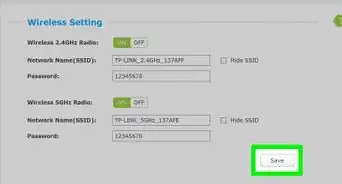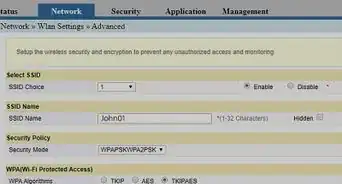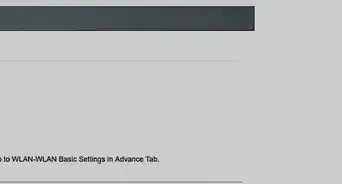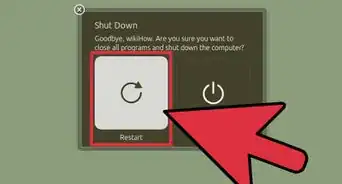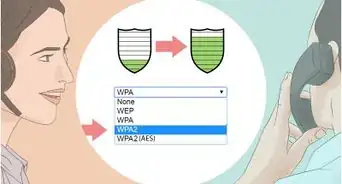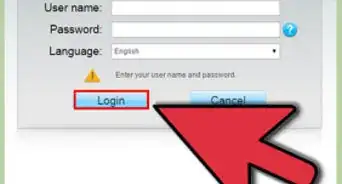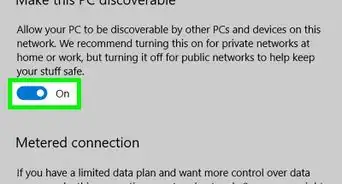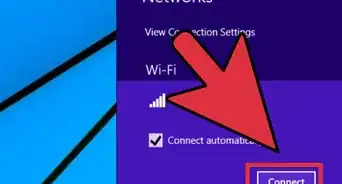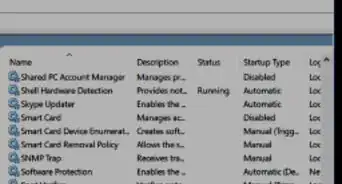X
This article was co-authored by Yaffet Meshesha. Yaffet Meshesha is a Computer Specialist and the Founder of Techy, a full-service computer pickup, repair, and delivery service. With over eight years of experience, Yaffet specializes in computer repairs and technical support. Techy has been featured on TechCrunch and Time.
This article has been viewed 275,716 times.
Unethical hackers are look for vulnerable points in networks to get a hold of confidential information. We'll show you how to implement better security policies and seal the weak spots in your network to beat hackers at their own game.
Steps
-
1Follow forums. It is always a good idea to follow hacking forums as you will be able to pick up on all the latest methods being used. A good ethical hacking forum can be found at https://zerosecurity.org/
-
2Change default passwords immediately. Some software has built-in passwords to allow the first login after installation; it is extremely unwise to leave it unchanged.Advertisement
-
3Identify entry points. Install proper scanning software programs to identify all entry points from the internet into the internal network of the company. Any attack to the network needs to start from these points. Identifying these entry points, however, is not at all an easy task. It is better to take the help of skilled ethical hackers who have taken special network security training to perform this task successfully.
-
4Perform attack and penetration tests. By running the attack and penetration tests, you can identify those vulnerable points in the network that can be easily accessed from both external and internal users. After identifying these points, you would be able to thwart attacks from external sources and correct the pitfalls that could become the entry points for intruders to hack into your network. The test must be done from both the internal as well as external perspectives to detect all the vulnerable points.
-
5Make user-awareness campaigns. All possible steps must be taken to make all the users of the network aware of the pitfalls of security and the necessary security practices to minimize these risks. You can conduct social-engineering tests to determine the user awareness. Until all the users are aware of certain factors related to the network, protection cannot be carried out in the true sense of the term.
-
6Configure firewalls. A firewall, if not configured properly, can act like an open door for an intruder. Hence, it is vitally important to set the rules to allow traffic through the firewall that is important to the business. A firewall must have its own configurations depending upon the security aspect of your organization. From time to time, proper analysis of the composition and nature of the traffic itself is also necessary to maintain security.
-
7Implement and use password policies. Use strong passwords by using at least 12 characters.[1] The password should also be made up of both letters and numbers to make it more unique.
-
8Use password-less authentication. Regardless of the policies above, passwords are less secure than SSH or VPN keys, so think about using these or similar technologies instead. Where possible, use smart cards and other advanced methods.
-
9Delete comments in website source code. Comments used in source code may contain indirect information that can help crack the site and sometimes even usernames and passwords. All the comments in source code that look inaccessible to external users should also be removed as there are some techniques to view the source code of nearly all web applications.
-
10Remove unnecessary services from devices. You will not be dependent on reliability of the modules you actually do not use.
-
11Remove default, test and example pages and applications that usually come with web server software. They may be a weak point to attack; as they are the same in many systems, the cracking experience can be easily reused.
-
12Install anti-virus software. Both intrusion detection systems and anti-virus software must be updated regularly and, if possible, on a daily basis. The updated version of anti-virus software is necessary as it helps in detecting even the latest virus.
-
13Ensure physical security. Apart from ensuring the internal security of the network, you need to think about the physical security of your organization. Until and unless your organization has full security, an intruder can simply walk into the premises of your office to gain whatever information they want. Hence, with technical security, you must also ensure that the physical security mechanisms of your organization are fully functional and effective.
Advertisement
Community Q&A
-
QuestionCan the hackers break through fire walls?
 Community AnswerYes! Every software has exploits. And using these, hackers can break almost every network, so be careful when selecting a good firewall.
Community AnswerYes! Every software has exploits. And using these, hackers can break almost every network, so be careful when selecting a good firewall. -
QuestionWhat can I do to prevent stolen data?
 Community AnswerCreate physical backups of your network hard drives and backup your server at least once every couple days. Once data is taken from the server, though, all you can do is prevent any further data loss and check for/delete backdoor programs/scripts that the hacker may have left to get back into your network easily.
Community AnswerCreate physical backups of your network hard drives and backup your server at least once every couple days. Once data is taken from the server, though, all you can do is prevent any further data loss and check for/delete backdoor programs/scripts that the hacker may have left to get back into your network easily. -
QuestionHow do I file charges against an anonymous hacker?
 Community AnswerYou would have to track them down, or have the authorities track and identify them.
Community AnswerYou would have to track them down, or have the authorities track and identify them.
Advertisement
Warnings
- If none of these steps work, immediately contact the authorities, especially if the network belongs to your company, to avoid more problems.⧼thumbs_response⧽
Advertisement
About This Article
Advertisement
